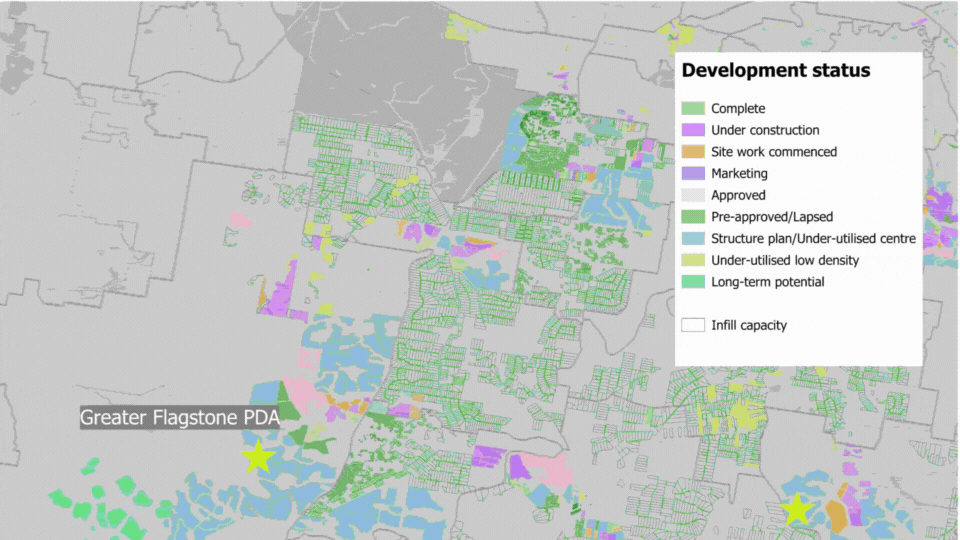In an era where data drives nearly every business decision, why are so many organisations still relying on broad demographic trends when hyperlocal insights are now within reach?
Why traditional population data is no longer enough
The most innovative data leaders I've worked with have all reached the same conclusion: aggregate population statistics and point-of-interest data sets are merely table stakes. The real competitive edge comes from granular, neighbourhood-level demographic forecasting that reveals opportunities invisible to competitors.
What's changed?
Advanced machine learning models now combine multiple real-time data streams:
- Population and demographic shifts that impact the demand for services and infrastructure
- Mobility patterns revealing how people actually move through communities
- Building approval data signalling future growth areas
- Economic indicators and migration flows at unprecedented granularity
- Infrastructure development plans that reshape population distribution
These insights aren't just more detailed - they're fundamentally transforming how forward-thinking organisations make strategic decisions.

.id’s hyper-local population forecasts are grounded in detailed research into demographic trends and the timing, location, and sequencing of future housing development — as shown here in Greater Flagstone in Queensland's Logan Local Government Area."
The hidden ROI across industries
Education sector revolution
Imagine predicting not just district-wide enrolment, but understanding which specific neighbourhoods will see a 15% increase in school-age children five years before it happens.
Education leaders using hyperlocal forecasting are:
- Optimising workforce planning and teacher recruitment timing
- Identifying emerging demographic shifts that require curriculum adaptation
- Making facility investments with confidence instead of reacting to overcrowding
Property development's unfair advantage
The most successful developers I've advised aren't just following current trends - they're building for population patterns that haven't materialised yet:
- Identifying emerging high-growth pockets others miss
- Validating development timing with demographic precision
- Reducing financing costs through evidence-based risk mitigation
Retail's next frontier
In retail, where margins are tight and location decisions are make-or-break:
- Store network planning now incorporates future population shifts, not just current patterns
- Supply chain optimisation accounts for demographic-driven demand changes
- Optimising the product and staff mix to meet the demographic profile of the community it serves
- Customer segmentation becomes dynamic rather than static
Utilities' infrastructure revolution
For utility companies planning decades ahead:
- Capital investment prioritisation becomes surgically precise
- Maintenance schedules align with expected population-driven stress points
- Capacity planning is appropriately sized to meet the capacity of new growth areas, preventing both over- and under-investment
- An independent fact base to power collaboration with property developers
From insight to implementation: The path forward
The organisations seeing the greatest returns from hyperlocal population forecasting follow a similar pattern:
- Start with a high-impact pilot - choose one critical decision process where demographic precision would immediately add value.
- Integrate, don't isolate - the most successful implementations connect independent, expert driven forecasting data with internal decision systems rather than creating standalone processes
- Measure concrete outcomes - track specific metrics relevant to the performance drivers of your business
- Scale methodically - expand to additional use cases once the initial implementation demonstrates clear ROI.
The competitive reality
My last 9 months leading .id have helped me appreciate the difference between good and exceptional location intelligence – it isn’t just incremental. It's transformative to both the bottom line and confidence in strategic planning.
Organisations that continue relying on broad demographic trends will increasingly find themselves outmanoeuvred by competitors leveraging hyperlocal intelligence.
If you want to be among those organisations leveraging exceptional location intelligence first, contact us to find out more.
What strategic decisions in your organisation would benefit from hyperlocal population forecasting? Share your thoughts in the comments.







